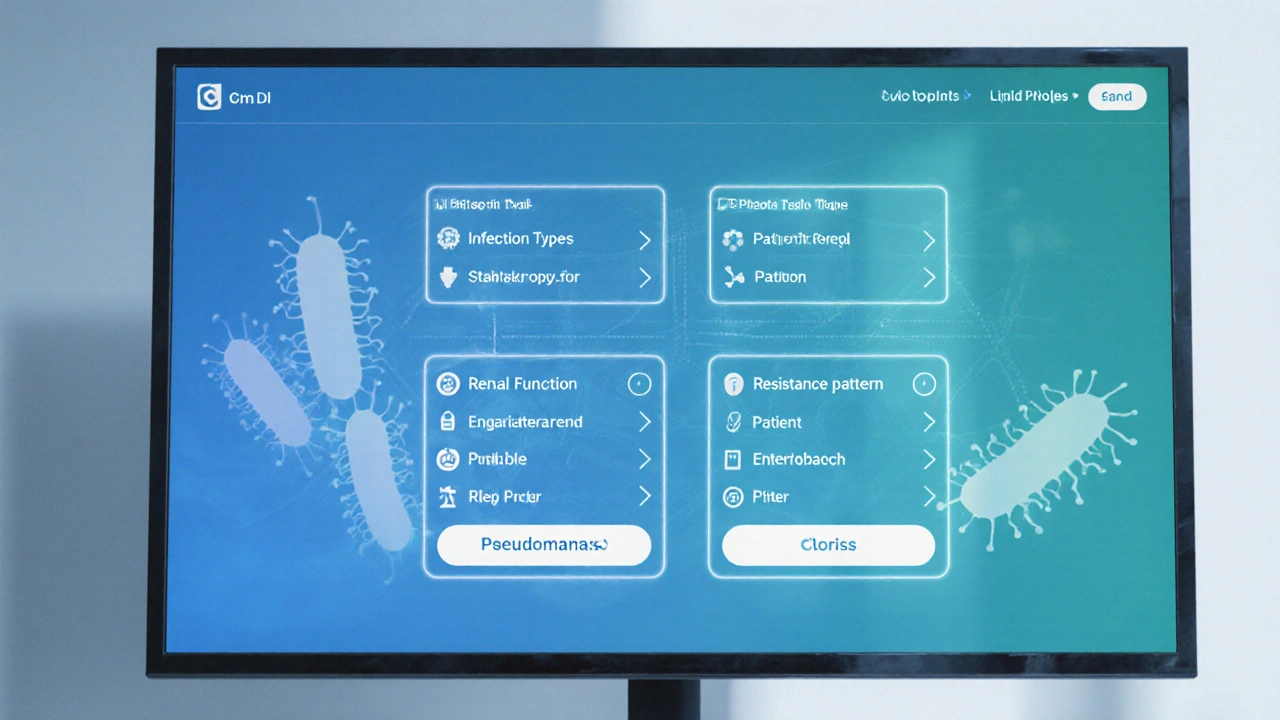Amikacin Injection: What It Is and When It’s Used
Amikacin is a strong antibiotic that belongs to the aminoglycoside family. Doctors give it as an injection when they need to fight serious gram‑negative bacterial infections that other drugs can’t handle. Typical cases include hospital‑acquired pneumonia, complicated urinary‑tract infections, and infections after surgery. Because it works quickly and penetrates deep into tissues, it’s a go‑to choice for tough infections.
How to Give Amikacin Safely
Administration is usually intravenous (IV) or intramuscular (IM). The dose depends on the patient’s weight, kidney function, and the infection’s severity. A common starting point is 15 mg per kilogram of body weight once daily, but some protocols split it into twice‑daily doses. Blood tests are essential: doctors check peak and trough levels to keep the drug within a therapeutic window and avoid toxicity.
Before the first dose, the nurse will verify the patient’s identity, check the prescription, and ensure the injection site is clean. For IV delivery, a slow infusion over 30‑60 minutes reduces the risk of side effects. If an IM injection is chosen, the drug is given into a large muscle like the gluteus, using a long needle to reach deep tissue.
Key Side Effects to Watch For
Amikacin can affect the ears and kidneys. The most common warning signs are ringing in the ears (tinnitus), dizziness, or loss of balance, which point to ototoxicity. Kidney damage shows up as reduced urine output or swelling in the legs. If any of these symptoms appear, patients should contact their doctor immediately.
Other side effects include mild fever, rash, or pain at the injection site. Severe allergic reactions are rare but possible; look for hives, swelling of the face, or trouble breathing. Prompt medical attention can prevent serious complications.
Since the drug stays in the body for a while, doctors may schedule regular blood work—usually once a day—to monitor levels and adjust the dose. Staying hydrated helps protect kidney function, so patients are advised to drink plenty of fluids unless their doctor says otherwise.
Amikacin interacts with other medications such as loop diuretics, other aminoglycosides, and certain muscle relaxants. Sharing a full medication list with the prescribing doctor reduces the chance of dangerous interactions.
In short, amikacin injection is a lifesaver for severe infections when used correctly. Follow dosing instructions, attend all lab appointments, and report any side effects right away. When in doubt, a quick call to the healthcare team can keep the treatment on track and avoid problems.

Amikacin Injection vs. Common Antibiotic Alternatives: Full Comparison Guide
A detailed side‑by‑side look at amikacin injection versus gentamicin, tobramycin, cefepime, and other alternatives, covering spectrum, dosing, toxicity, cost, and when to choose each drug.
